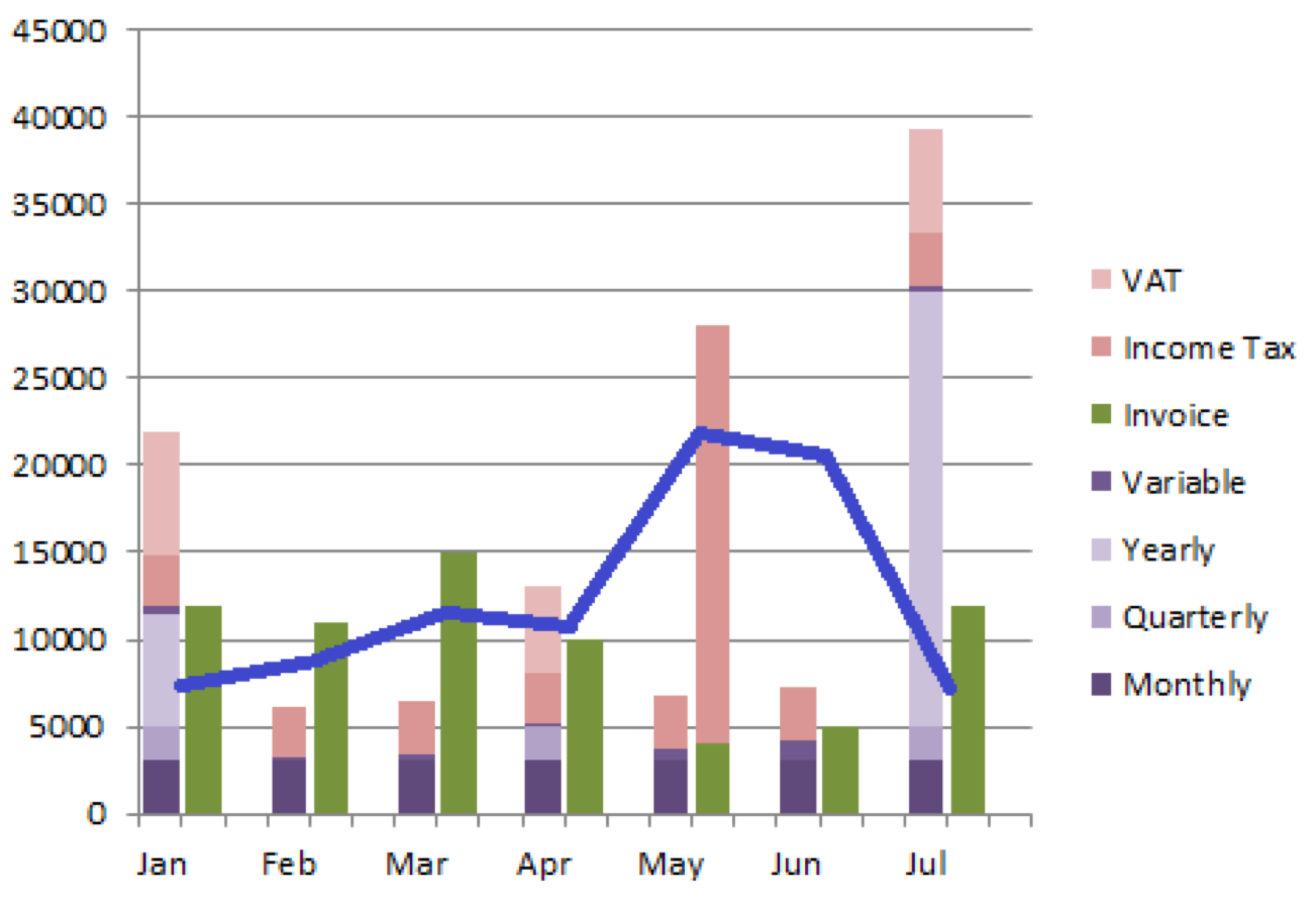

Over time, long-term assets lose their value, or depreciate. Income Taxes: This line will reflect the income tax amount that has been paid, or the amount that you expect to pay.ĭepreciation and Amortization: These are expenses associated with your asset purchases, both short-term and long-term. Interest Expense: Here you'll see any interest payments that your company is making on its loans. This line is a simple statement of your profitability, although there will be some additional subtractions, as shown below. Operating Income: Operating Income is also referred to as EBITDA, or earnings before interest, taxes, depreciation, and amortization. This includes everything your company pays for to keep the doors open: rent, payroll, utilities, marketing, etc. Operating Expenses: Operating expenses are a list all of your overhead expenses, excluding your direct costs. If your gross margin is smaller than the amount you need to cover your expenses, you’re not going to be profitable. Gross margin tells you two important things: how much of your revenue is being funneled into direct costs (less is better), and how much you have left over for all of the company’s overhead expenses. Gross Margin: Gross margin (or gross profit) is the difference between the revenue and direct costs on your P&L. For more details, see What is the difference between direct costs and expenses?. If you only sell services, it’s possible that you have few or no direct costs. For example, to a bookstore, direct costs are what the store paid for the books it sold but for a publisher, direct costs include authors’ royalties, printing, paper, and ink. You wouldn’t include items such as rent for an office space in this area, but you would include the things that directly contribute to the product you sell. The smaller your top-line revenue number is, the smaller your expenses need to be if you’re going to stay profitable.ĭirect Costs: Also referred to as the Cost of Goods Sold (COGS), these are the costs that go into making your products or delivering services.

In a sense, the top line of your income statement is just as important as the bottom line (net profit) - all of the direct costs and expenses will be taken out of this beginning number. Revenue: The top line of the P&L is the money that you have coming in from sales (before any deductions).

Note: You can expand and collapse lines of this table to see more details. Here's a quick line-by-line explanation of the P&L: To locate the profit and loss statement (P&L) in LivePlan, click on the Forecast tab and then Profit & Loss:
#Revenue expenses profit how to#
How to read the profit and loss statement The P&L in LivePlan shows your revenue, your expenses, and the difference between the two - that is, your net profit or "bottom line." At a glance, it can tell you if your business is profitable or not. In this article, we'll learn to read the profit and loss statement (also known as the "income statement" or P&L) - a fundamental tool for understanding how the revenue and expenses of your business stack up. Adding revenue, expenses, etc from the profit and loss statement.



 0 kommentar(er)
0 kommentar(er)
